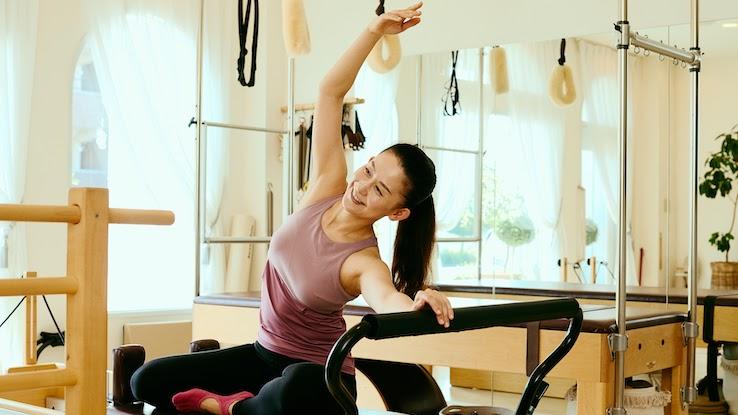
Pilates has become a popular workout over the years, particularly for those who are not fans of high-intensity workouts. Instead, this low-impact exercise program works to strengthen your core and other muscles for long-term health benefits. Though it can be a challenge, it also helps with body awareness, posture, and movement or mobility.
That said, millions of people are taking pilates classes each year at their gym — or right in the comfort of their own homes, especially in the wake of the COVID-19 pandemic. So, let’s take a dive into what pilates encompasses as well as the health benefits associated with this practice. Plus, for folks who are just getting started, we’ll provide some tips for beginners.
What Is Pilates?
The workout regimen was developed by German trainer Joseph Pilates in the early 1900s. He developed a piece of equipment, known as the “Cadillac,” during World War I that would help support and strengthen the limbs of injured soldiers who were unable to walk. During this time, he and his wife, Clara, developed a body conditioning method known as Contrology, which centered around breath, concentration, and one’s ability to control their movements. Later, this methodology became known as Pilates.
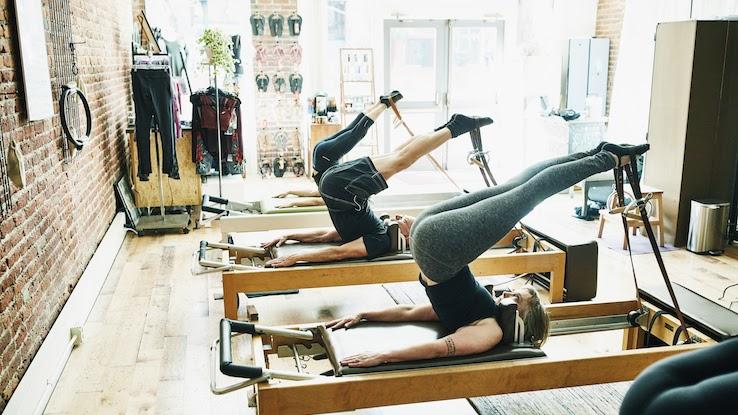
Those taking modern Pilates classes can either use a mat or a machine called a reformer — a sliding platform with a stationary foot bar, springs, and pulleys. Some common exercises include leg circles, which strengthen the hips; rolling up into a ball; spine twists; toe taps; and bridges. The exercises an instructor uses are typically performed in low repetitions —usually five to ten times — with workouts typically lasting about 45 to 90 minutes. Not only does this strengthen muscles, but it helps folks recover from injury and surgery as well.
Yoga and Pilates are often confused by folks who haven’t practiced either. Although the two exercise programs are similar in the ways they both push your flexibility and core strength. There’s also a focus on the mind-body connection in both practices. However, yoga does this by encouraging participants to be in a meditative state, achieved through stretching and poses, while pilates trains the mind to focus on the body through movement. There is a focus on technique in both. However, yoga participants hold their poses a lot longer, often centering stillness, while those in Pilates will do low repetitions, as mentioned earlier.
The Benefits of Pilates Are Astounding
There are many great health benefits to taking a Pilates class. The exercises will, of course, help you to lose weight and tone your body, particularly your stomach. However, participants of the popular routine can also see improvements in flexibility as well as muscle strength in their abdominal muscles, lower back, hips, and glutes. Of course, having that flexibility and strength will help to prevent injuries in the future. Because the class focuses on deep breathing and concentration, Pilates also helps to increase lung capacity and circulation and improve concentration in daily life.
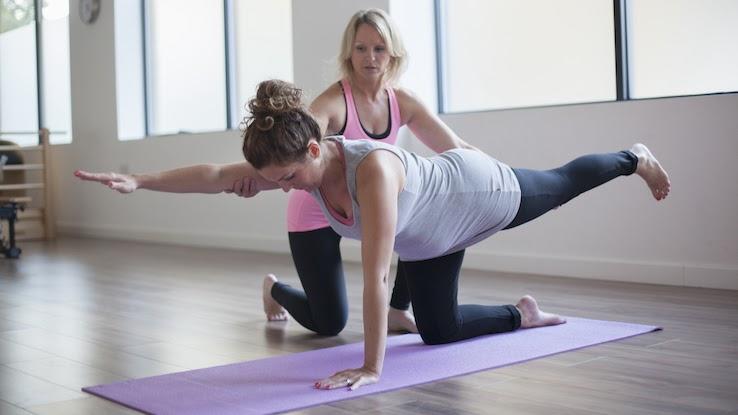
Since Pilates is effective for a stronger core, the class can also help those who suffer from back pain. Your core and your back are connected. A stronger core means a stronger back, so Pilates can help relieve some of that pain and potentially reduce the need for many doctor visits.
Pilates also has great mental health benefits. The time spent in class also centers around connecting with your inner self and working on establishing more peace in your life. It’s a big stress reliever too! With the deep breaths used in class, you are able to slow down your heart rate and calm down. This will help with reduced stress levels and improved sleep.
These Tips For Beginners Will Get You Through Pilates Class
Because this is a low-impact class with such great benefits, Pilates is appealing to various age groups and to people with different levels of exercise experience and stamina. For beginners, you can expect some soreness after the first classes. After all, you’re working muscles that you may not work on a regular basis.
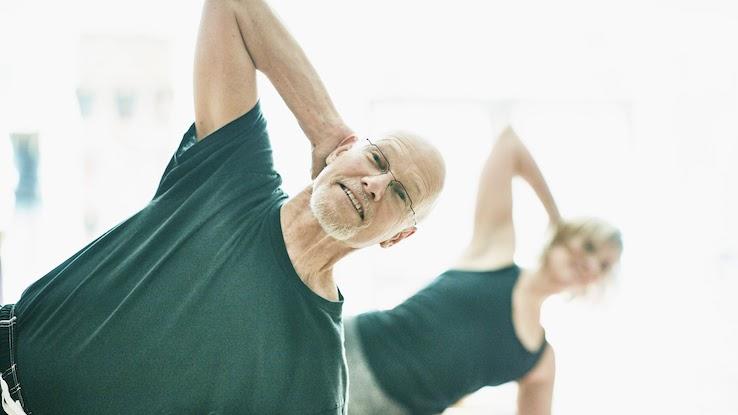
Here are a few tips to help you during your first few classes:
- Start slowly. For beginners, you definitely want to ease into the workout instead of going full force right away. There’s no shame in starting slowly by picking a class that matches your fitness level. Also, don’t be afraid to ask for help if you’re at an in-person class. Let your instructor know upfront that you are a newbie so that they can keep an eye on you during class to help where needed.
- Invest in quality equipment. Depending on the class, you may bring your own equipment. Of course, in that case, you’ll want to have a mat. Some instructors may advise bringing in resistance bands or light weights for an added challenge. Whatever you buy, you want to make sure that it will be durable and comfortable to use for the sake of your body (and your wallet).
- Wear the proper attire. When taking a Pilates class, you want to wear loose and comfortable clothes. With the stretches and movements in Pilates, workout clothes that are too tight or short will not help you with your form. You will also be distracted as you pull at your clothes when they shift with each movement.
- Focus on technique and not reps. Doing Pilates with incorrect form will not only yield little to no results, but it could also lead to injury. Take your time, control your movements, and don’t try to do too much. Even if you only do a few reps with exercises, that’s okay. Proper form is what counts.
- Stay hydrated. As with any workout routine, it’s important to stay hydrated during Pilates. Even though the class is low-impact, water helps to keep your joints lubricated and muscles functioning at a high level.
Pilates Modifications Are Available for Those Who Need Them
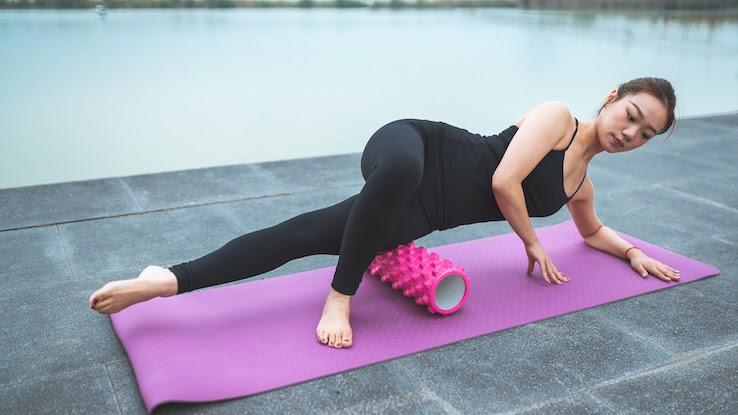
No matter your ability or injury status, there’s a way to practice Pilates. For example, for those with neck or back problems, leaving your head down with this workout is a good modification. With exercises like the single-leg stretch or the popular move The Hundred, keeping your head down will alleviate strain on your neck. If you have wrist pain, in many cases, putting a foam wedge or folded pilates rubber pad under the heel of your hand will take enough pressure off the wrist joint for weight-bearing exercises.
An experienced instructor will be able to assist you with any modifications you might need, but be sure to consult with your doctor prior to starting Pilates or any other new exercise program.





